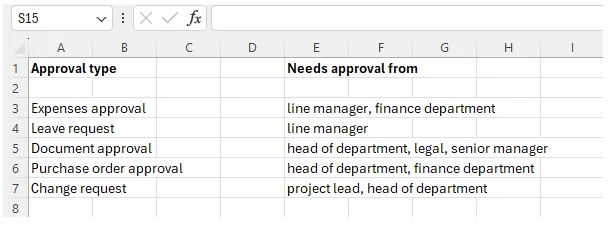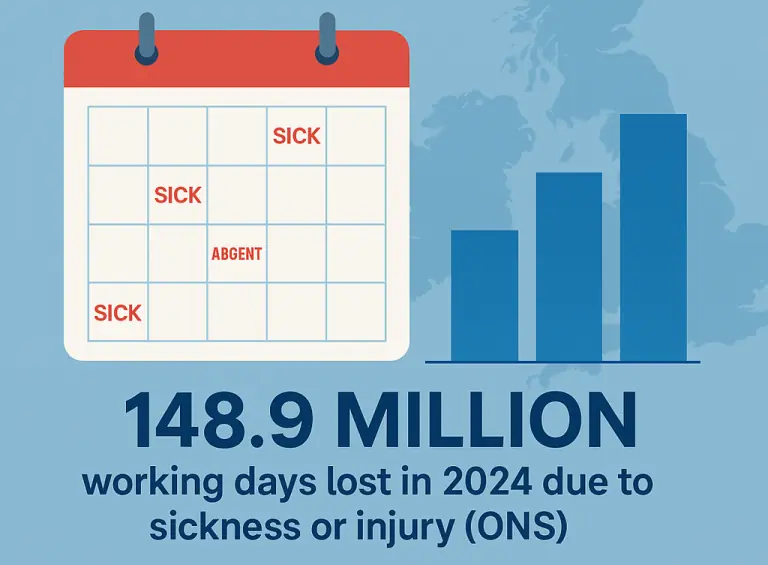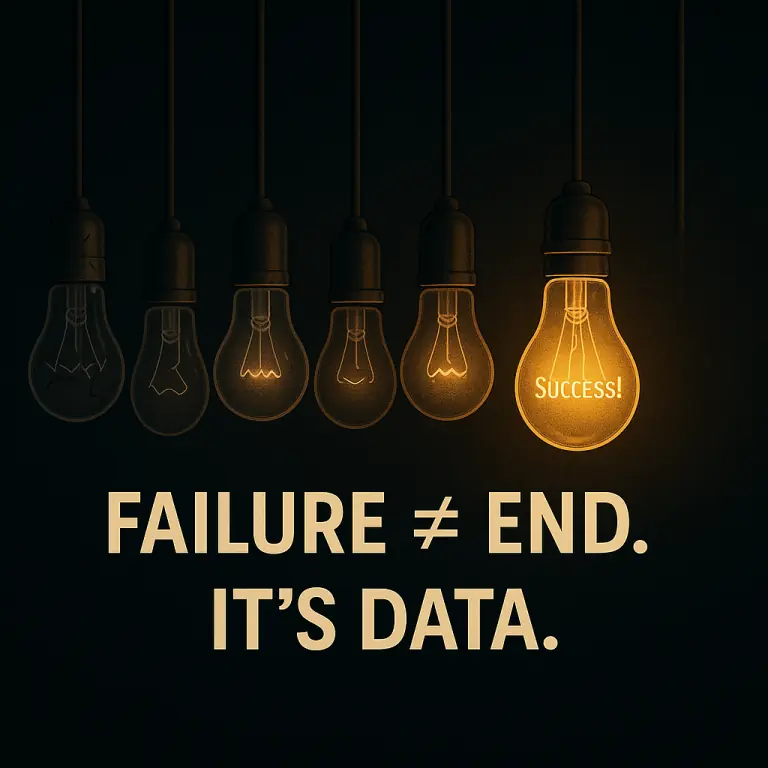
How Managers Can Build Fair Approval Workflows to Boost Employee Trust
Contents
Approval workflows are a mundane fact of corporate life.
It’s not surprising that many see them as a procedural necessity and nothing more!
But putting thought into how they’re designed has a big impact on how your employees perceive the company.
Overcomplicated or unnecessarily opaque sign-off processes can be frustrating:
Especially if they cause problems with meeting deadlines or simply getting things done.
Read on to explore how to craft approval workflows that are sleek, efficient, and boost employee trust.

Understanding Approval Workflows
Securing official approval for documents or taking particular actions is an everyday occurrence.
In some cases, it’s a relatively straightforward process.
For instance, getting approval from a line manager to take a period of paid time off is generally fairly simple.
But not all approval processes are so easy, though!
For instance, if you’re delivering a big project to a client, it may have to be signed off by multiple department heads before you can submit it to the client for final approval.
Understandably, this takes time and can end up causing delays, which is less than ideal. That’s one reason many companies try to optimize the approvals process by implementing standardized workflows.
There are several other benefits as well:
- Better accountability: With a standardized approval workflow, it’s much easier to track who did what and when. It generates a comprehensive audit trail that allows you to investigate what went wrong.
- Greater accuracy: There’s no doubt that the more pairs of eyes there are scrutinizing an approval request, the more likely it is that errors will be spotted.
- Reduced costs: Implementing standard approval workflows speeds up the process and can lead to considerable cost savings.
Free to use image sourced from Unsplash
But perhaps one of the most important benefits of implementing robust approval workflows is the impact it has on employee trust, which is ultimately crucial for maximizing employee retention.
The Link Between Fairness And Employee Trust
What we’re talking about here is fairness.
In other words, putting in place processes that are transparent and consistent demonstrates to your employees that the rules are the same for everybody.
When everyone knows how approvals work in your business, there won’t be any suspicions that it’s one rule for the junior team member and another for the C-Suite.
This is absolutely crucial when it comes to inspiring employee trust. According to Deloitte’s Global Human Capital Trends 2024 report, 86% of leaders agree that:
The more transparent an organization is,
the greater the level of trust it inspires in the workforce.
So, when you’re designing approval workflows, it’s crucial to prioritize maximizing employee trust. This is easy to state but not always simple to do. After all, some elements of approvals are non-negotiable.
For instance, some documentation may be subject to data privacy regulations.
In those cases, it’s necessary to limit the number of individuals who have access to the documents.
It could be argued that this represents a lack of transparency.
But, in fact, that’s not necessarily the case. That’s because inspiring trust is more about guaranteeing fairness and transparency in the process itself rather than giving open access to specific information.
So, what’s the best approach for building approval workflows that are fair and transparent? Let’s take a look.
Free to use image sourced from Pexels
Building Fair Approval Workflows
Approval workflow models don’t have to be one-size-fits-all.
Depending on the exact nature of the approvals, it’s sensible to create workflows tailored to the exact requirements of each.
Here are five key steps to make sure you craft workflows that are both fair and fit for purpose.
1. Assess Your Current Approval Workflows
Before you begin, you need a good understanding of where you’re starting from.
First off, list all the different approval processes you currently have in place by type, such as:
- Expenses approval
- Leave request
- Document approval
- Purchase order approval
- Change request
For each approval type, make a list of who is responsible for giving approval.
At this stage, it doesn’t have to be very detailed, just a brief overview will do:
Image created by writer
Then, consider whether there are any other processes in your company that would benefit from the addition of a standardized approval workflow.
It could be that some approvals happening ad hoc in different departments without much oversight.
It’s important to tread carefully here.
While it’s certainly true that standardizing processes adds to transparency and the impression of fairness, you don’t want to overwhelm middle managers with red tape either!
You want to be fair, yes, but any efficiently run company has to allow managers a certain degree of autonomy.
The objective is to create workflows that are streamlined enough to be efficient, so it’s critical to bear that in mind when you’re designing them.
2. Design Fair Approval Workflows
Whatever the approval is for, the workflow for it will contain several key elements, so start by making a template for each that includes these headings:
- Request submission: Where and how should an employee submit their approval request?
- Approval rules: The criteria that determine whether a request should be approved or not.
- Routing rules: To which individuals should the approval be sent, and in what order?
- Permission levels: Defines each individual’s role and responsibility so there’s no confusion.
- Notification: Who needs to be notified about an approval request, and at which stage(s)?
Give some thought to how you intend to integrate these workflows into your existing systems.
You can simplify this by taking advantage of features you already have built into your existing tech stack.
Free to use image sourced from Unsplash
Let’s say you’re defining an expense approval process.
Most PC or Mac accounting software incorporates an expenses tracking function with the ability to set permissions included.
Building your expenses approval workflow around that simply makes sense.
Your legal department may also use e-signature software to carry out tasks such as signing contracts.
You could take advantage of that when you’re developing a documentation approval workflow.
3. Implement Your New Workflows
Once you’ve designed your new workflows, good communication is essential to make sure you can implement them effectively.
Explain the workflows clearly and make all the information available on a centralized hub that anyone can access whenever they need to.
Be prepared for a little resistance at first!
It’s human nature to become a little stuck in our ways, and if your employees have been requesting approvals more informally, it may take them a little while to adjust to the new rules.
To help the new workflows bed in, be sure to emphasize the fact they’ve been designed with fairness and transparency in mind.
But in reality, you won’t really know how successful your new workflows are until they’re put to the test.
This means there’s one more step to take: checking how well they perform once you’ve rolled them out.
4. Monitor And Evaluate Workflows
You can monitor and evaluate the new workflows using a two-pronged approach.
Using technology, and employee feedback.
For those workflows that you built around existing business tools, you can dig into the analytics data generated by those same tools to establish how efficiently the new workflows are performing.
Free to use image sourced from Unsplash
So, in the case of the expenses approval workflow, you could check the expenses tracking analytics in your online accounting software to establish facts, including:
- Number of requests submitted
- Number of requests approved
- Total amounts claimed in expenses
It’s also crucial to get feedback from the people using the new workflows. They’ll be able to tell you whether any wrinkles still need to be ironed out.
In addition, they could even have some suggestions for how to improve them, even if they’re working reasonably well!.
Revisit your approval workflows regularly.
For all kinds of reasons, you might need to adjust them to make sure they’re as efficient as they can be.
For instance, if your business is in a rapid growth phase, it’s possible some workflows won’t scale very well and will need a few tweaks so they continue to be effective.
Final Thoughts
Designing and implementing approval workflows that are both efficient and fair can be a challenge.
But it’s one worth taking on: the benefits your business will reap in terms of productivity and increased transparency will be obvious.
With some systematic planning and the right software tools, you can create approval workflows that not only meet the needs of your everyday operations. But that can also have a considerable impact on the level of trust your employees have in your company.
And in the long run, this kind of attention to operational detail is incredibly valuable for employee cohesion, as well as your bottom line.
- Facebook: https://www.facebook.com/profile.php?id=100066814899655
- X (Twitter): https://twitter.com/AcuityTraining
- LinkedIn: https://www.linkedin.com/company/acuity-training/







